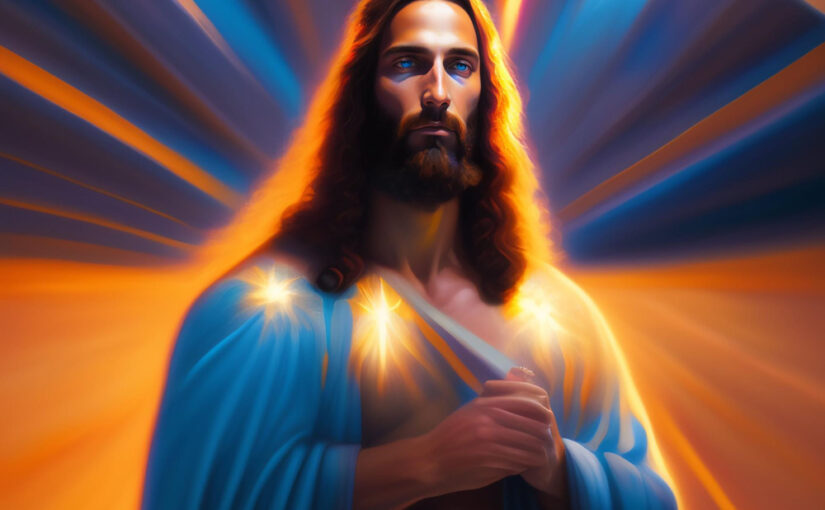Icon painting is one of the most significant and exquisite art forms used in houses of worship. It represents religious images created using a variety of techniques and materials. In this article, we will look at the history, techniques and symbolism of iconography and its importance to houses of worship and worshippers.
History of Iconography:
Icon painting has ancient roots and is closely associated with the Christian religion. It developed over the centuries and reached the peak of its art in the Byzantine Empire. Since that time, icon painting has become an integral part of Orthodox cult and tradition. Great masters of iconography, such as Andrei Rublev, left an enduring legacy that is a model of splendor and spirituality.
Techniques of Iconography:
Icon painting requires not only talent, but also a careful study of traditional techniques and materials. One of the basic techniques of iconography is the use of egg tempera, where pigments are mixed with egg yolk and water. This technique provides vibrant and durable colors that retain their brightness and saturation over time. Artists also use gold and silver to create a lustrous and holy effect.
Symbolism of Iconography:
Iconography has a deep symbolism that conveys spiritual truths and ideas about God and the saints. Each element of iconography has its own meaning. For example, the golden background symbolizes heaven and the spiritual world, while the crowns, halos, and holy attributes help identify the saints and biblical scenes depicted. Each icon has its own unique symbolic interpretation, which is often based on tradition and theological teachings.
The role of iconography in houses of worship:
Iconography plays an important role in houses of worship and churches. It helps worshippers focus on the spiritual and maintains an atmosphere of worship. Icons are displayed on altars and are surrounded by candles and incense, creating a special atmosphere of mystery and sacredness. The faithful can pray before the icons and address requests and prayers to the saints depicted on them.
Modern icon painting:
Iconography continues to evolve and modern artists bring new elements and styles to this ancient tradition. Various interpretations and techniques can be found in modern iconography, while maintaining a deep spirituality and symbolism. Modern icons can be created using both classical methods and modern materials and techniques, making them more accessible and understandable to a new generation of believers.
Conclusion:
Icon painting in houses of worship is a unique art that combines religious spirituality and artistic beauty. It is an important part of the Christian and Orthodox tradition, reflecting the majesty of God’s world and helping believers to draw closer to their faith. Icon painting continues to delight with its depth and symbolism, maintaining its importance in the world of art and religion.

